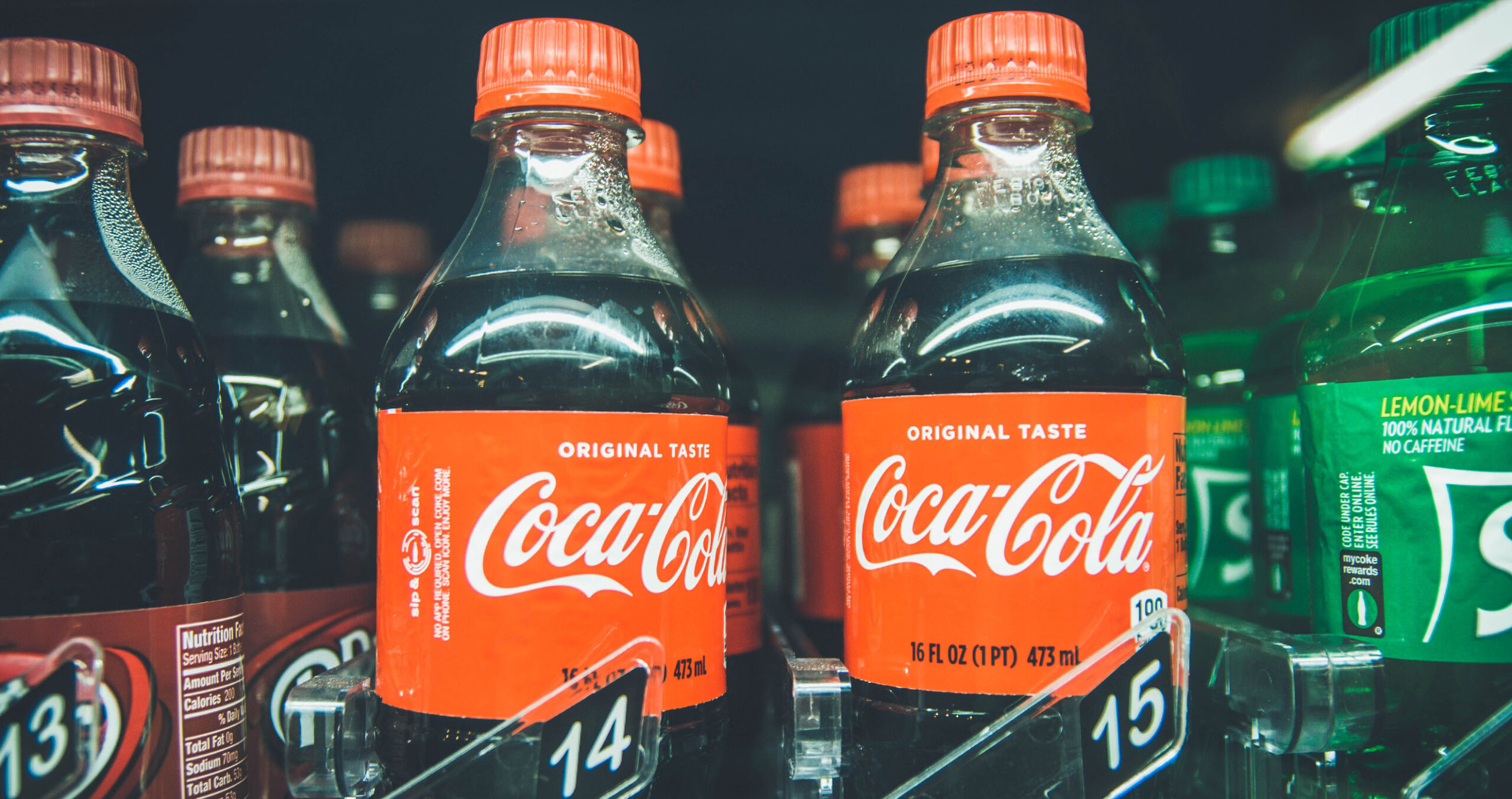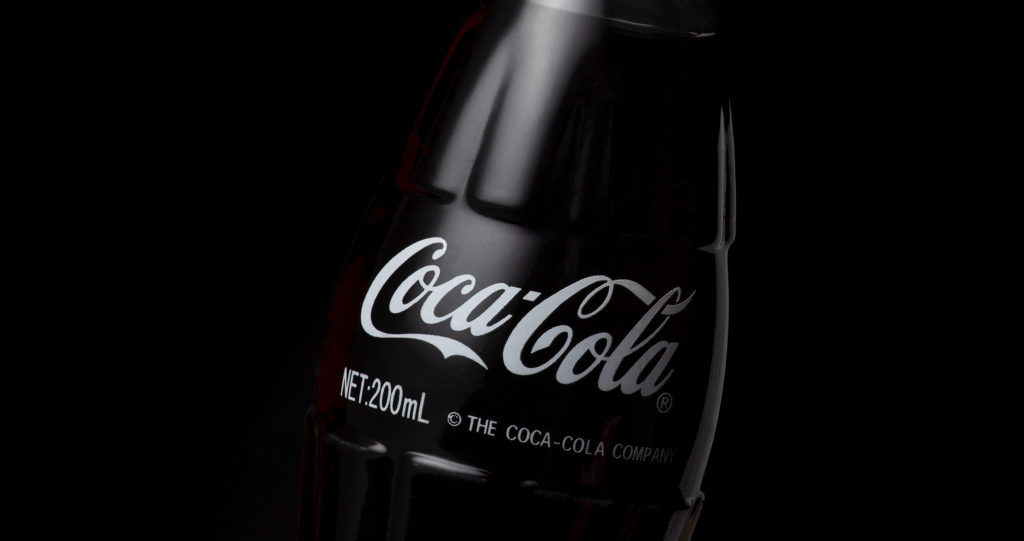Thinking
Coca-Cola: Staying fresh
Coca-Cola: Staying fresh


Francisco Crespo, Chief Growth Officer, Coca-Cola
For a long time, CPGs like us have enjoyed the advantage of scale, which enabled mass distribution and mass media communication. This advantage has been disrupted by two forces: digital technology and cash liquidity.
We all know about the impact of digital, which has made it significantly easier for a small brand to reach a large number of consumers and offers consumers almost limitless availability.
Perhaps more interesting, however, is the availability of money. For more than a decade now, it has been much less complex for start-up businesses to access money from investors. This has had a direct impact on the amount of innovation in the market.
Obviously, investors are starting to ask questions about returns on their investments from “unicorn” brands, but right now you have a whole industry of start-up brands based on not much more than a great story.
Finding new sources of competitive advantage is on the minds of CEOs and investors, which means it’s what Chief Growth Officers and CMOs need to be solving for. CPGs really need to rethink and rebuild their competitive advantage. This means we need to rethink our relationships with consumers.
You need to gain a couple of points of share every year if you want to be a leader.

For years we have been obsessed with reach, frequency, advertising and distribution. We have to learn about really engaging with consumers and find a way of exchanging personal insights for experiences, products and services.
Being a leader requires all these elements: You need insights, strategy, digital and design, and you need all of them working together in an orchestra that produces beautiful music that makes people happier.
That demands a huge effort and it’s paradoxical: you have to deliver shortterm by making your business better, but you also have to be disrupting yourself.
We’ve integrated a lot of our different teams internally. We have marketing, customer and commercial leadership, strategy, insight, storytelling, digital and design all housed under growth now – which means all the different elements that connect to growth are together and can work more closely now. Our CMOs are also connected to growth and are able to ensure that they understand what consumers are looking for and what specific problems we are trying to solve.

There have been a lot of iconic moves for our brand. Dr John Pemberton invented Coca-Cola in 1886 and put it in a glass. And people started liking it – it was delicious and refreshing and relieved fatigue.
But then somebody asked, “why don’t you sell me, for one dollar, the right to put this thing in a bottle?” And he said “OK, I’m going to sell you the rights – for as long as a horse can pull a cart on a day and back.” That was the contract. So suddenly a product that was served in a fountain was now enabled to be bottled and sold.
Later on, one of our people realized we needed an iconic package – something that, even when it is broken, people can distinguish easily. That was probably one of the first truly distinctive moves for a brand.
Then in 1928, we decided that we were going to send product to the Olympics. Not only did we participate in the Amsterdam Olympics and sponsor the event, but it created an international business.
And for 60 years our people decided that for a dime you could get a Coke. That’s probably one of the longest, most consistent sampling programs that there has ever been.

The truth is that consumers need beverage diversity to satisfy all their needs – so a growth opportunity still exists for us. We have to build scale and leadership, the prerequisites for profitability, into our portfolio. A key tool we are using to differentiate ourselves and optimize all our brands is what we call the “Disciplines of Growth”. The first Discipline of Growth focuses on the portfolio.
All of our brands are now categorized into three different groups:
In the past, we tried to force everything in the portfolio to play by the same rules that governed a leader brand like CocaCola, and that doesn’t always work. We now treat explorers and challengers differently and give them room to fail, because they are still experiments.
When a good explorer reaches the size of a challenger (a double-digit share in the market) then you have to start working on gaining share. You need to gain a couple of points of share every year if you want to be a leader. To do that you need to ensure that you have a distinctive advantage (what we call edge) and that you’re executing it in a holistic way with your partners in the market.
We’ve seen it takes at least six years to move from an explorer to a challenger. And it takes another six years to move from a challenger to a leader. Which means that you have to be very consistent and persistent to move your portfolio and accept that 90 percent of the experiments aren’t going to get there.
The second Discipline of Growth is around brand edge. Brands that are healthy and have the ability to grow exponentially have an advantage because they satisfy a need better than other brands. To gain this edge, our brands have to diverge from what is out there with a different and relevant story.
The third Discipline of Growth is all about rituals. This focuses on being relevant in a specific occasion and then building all around it. We need to understand how we can make it easier for consumers to act rather than think, and for them to have a higher level of motivation with an anticipation of the reward that our products offer.
This is also closely connected to our fourth Discipline of Growth, the integrated experience. By creating a ritual with our products and integrating them into every aspect of our consumers’ lives, we can really drive growth.
Finally, the fifth Discipline of Growth is making recipes that we can scale across the world while customizing elements. For example, when we launched Fuze across Europe, we had sparkling tea in the Netherlands, a larger portion of the portfolio with zero calories in Greece and a modified sweetener taste in Germany. By customizing the idea but still scaling the same product, we have been finding better performance.
The language and frameworks we use are very important – notice we refer to the “Disciplines of Growth.” That’s not only because we want a lot of people going through the same type of exercises with rigor, but because a discipline is also a field of study, which means we need to make our knowledge of each of these five disciplines deeper and better.
We are totally convinced that by making the Coca-Cola trademark grow healthily, we will have the resources to make the rest of the portfolio a quality leader in relevant spaces with decent profit pools.

By creating a ritual with our products and integrating them into every aspect of our consumers’ lives, we can really drive growth.
All our variants, for example Coca-Cola original taste, Coca-Cola Zero Sugar and Diet Coke, have a huge opportunity to bring new consumers into the brand.
Over the past three years, we’ve seen that as we have got more geographies, making Trademark Coke bigger across all beverages, and have brought more consumers into the franchise, our pace of revenue growth has significantly accelerated. It’s not just about one good campaign, one good creative idea, one good innovation, one good piece of execution. It is really about consistency. We’re not here just to pack the company and sell it to somebody else.
That’s a privilege that start-ups have, but we’re here forever. So that means that we have to be creating value and collecting value – that’s the only thing that is going to make us sustainable. We have been tremendously disciplined in prioritizing where our profit pools are.
Finally, avoiding convergence is important. When somebody sees something that works, everybody tries to copy it. The problem is that industries end up with a lot of “sameness.”
Where we have an advantage, we must ensure that we are polishing it and increasing the edge that our brand has.
